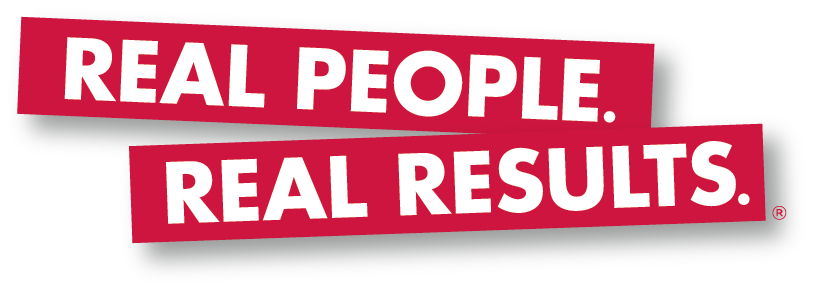You start your day with a clear plan. You have a clear picture of what you want to accomplish for the day. You have established a set of action plans and have ensured you have personnel to execute the plan. Your day starts out completely normal and you are feeling a sense of purpose and accomplishment. Then disaster happens.

Business disaster get in the way of your plans.
• You open your business and the pipes have burst and the space is filled with water.
• Your supplier is stuck in a snowstorm and the new product isn’t arriving when planned.
• Several employees call out sick and you don’t have enough staff to meet the needs of the business.
• There is a pandemic, and the local government has told you to alter your business practices indefinitely.
Regardless of what the disaster is, it will happen at some point. No highly detailed plan will save you if you don’t know how to PIVOT and use the disruption as a catalyst. If the COVID crisis has taught us anything is that 1). nimble, flexible, and innovative thinking has saved thousands of businesses 2) fear, panic, and rigidity have doomed thousands more… It’s not because the first group was smarter or luckier, it’s that they were willing to use the circumstances as fuel. Fuel for change and opportunity for growth. Those in the second group were paralyzed because their best laid plans went up in smoke.
“Executives should look for the upside of disruption and risk managers need to remind them of this point, some experts argue. What was initially perceived as a negative disruption can sometimes produce a positive transformation” (Hodge, 2019).
In his article in Risk Management Magazine, Hodge identifies the upside of disruptive forces. Because business owners don’t develop “disruption detectors” within the organization, they are blind to the oncoming changes in the marketplace. Most business owner don’t empower, encourage, or reward disruption in the organizations. Most risk takers are considered lone wolves who don’t play by the rules and aren’t hailed as examples for the rest of the staff to follow. Business owners tend to surround themselves with people that think like they do. They don’t want disruptors or innovators; they want people that can execute on the plan the business owner created. These same business owners are the ones blindsided by the disruption, because no one was looking for it in the first place.
What most business owners need to understand is that disruption isn’t an isolated possibility or event. It is a constant in today’s marketplace. Disruption fuels many business innovations and being able to leverage disruption is critical for business survival and ongoing success.
“Disruption is less a single event than a process that plays out over time, sometimes quickly and completely, but other times slowly and incompletely” (Wessel & Christensen, 2012)
As a business owner in today’s world, you must stay alert to threats and changes in the marketplace. Whether internal or external disruption, business owners need to always have a ‘PLAN B’ ready. That means you have created systems and processes in your organization that will allow you track and be proactive to disruptions on the horizon. It means that you have to employee risk takers and innovators, you must remove unnecessary complexity in your business, and you must remain open to new possibilities. This type of culture is reflected in many modern organizations including Nike, Google, and Amazon. Compare them the to Sears, Barnes & Noble and Blockbuster. Their individual results speak for themselves. That doesn’t mean Nike, Google and Amazon haven’t failed from time to time. They do, however, they also foster a culture of innovation and possibilities. It’s a mindset shift and a keen focus on the consumers wants and needs that fuels these companies, not 5 or 10 year planning documents collecting dust on a shelf.
These disruptive-friendly companies have common DNA. They are not just looking for disruption, they are actively causing disruption within their businesses simultaneously. They are highly in tune with their customers and the competitors, they take risks and measure results. They know when to PIVOT.
- PIVOT
“A pivot means fundamentally changing the direction of a business when you realize the current products or services aren’t meeting the needs of the market” (Agrawal, 2020). In the Forbes article, the author articulates what you must do to be able to successfully pivot.
1) Focus on your customers and on their needs.
2) Focus on features of your products that you can adjust to meet those needs.
3) Be strategic and align the changes with the goals of your organization. Don’t abandon your vision, adjust your mission.
4) Speak the language of your customers always and put yourself into their shoes.
5) Monitor your competitors. Don’t mimic, lead.
This is no indictment on solid planning and establishing milestones for your business, but it is a cautionary tale as well. Remain diligent and flexible. Use the disruption or disaster as a pivot point for your business to grow. No one said that growth would be easy or painless.
The Scottish poet Robert Burns was ploughing a field in 1785 and his brother reports he ploughed over a mouse’s nest. The nest was critical for the mouse’s survival for the winter, but the location was ill planned. It is said Burns’ was inspired to write his poem, To A Mouse on the spot. In his poem, Burns famous words ring true three centuries later.
He writes “The best laid schemes of mice and men, Gang aft aglery (translated: often go awry). So be prepared, alert and flexible.

Robert Burns Poem







